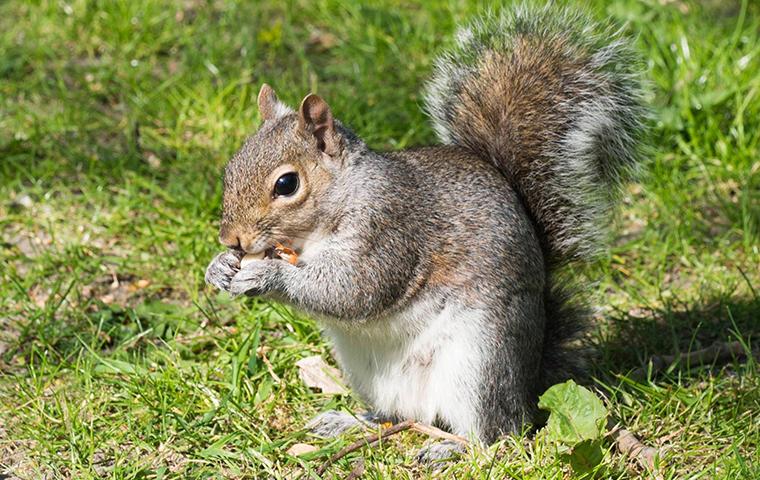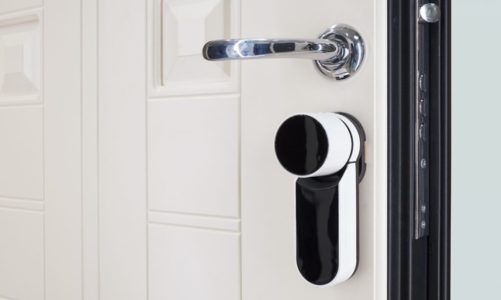Squirrels and ticks are unwelcome guests who can disrupt the tranquility of your home and pose health risks to your family and pets.
Squirrel infestations can lead to property damage, while ticks can transmit diseases such as Lyme disease and Rocky Mountain spotted fever.
In this article, we’ll delve into effective strategies for squirrel removal and tick control to help you reclaim your home and safeguard your loved ones.
Understanding Squirrel Behavior and Removal
- Insight into Squirrel Behavior:
Squirrels are agile creatures with a penchant for climbing and exploring. They often seek refuge in attics, crawl spaces, and wall voids, where they can cause havoc by gnawing on wires and structural elements.
- Humane Squirrel Removal Methods:
When dealing with a squirrel infestation, it’s essential to employ humane removal methods that prioritize the well-being of the animals. This may involve using live traps baited with enticing food to capture the squirrels, followed by releasing them safely back into their natural habitat far from your home.
Effective Tick Control Measures
- Tackling Tick Habitats:
Ticks thrive in wooded areas, tall grasses, and shrubs, where they wait patiently for hosts to pass by. Clearing brush, mowing lawns regularly, and removing leaf litter can help reduce tick habitats around your property.
- Tick Prevention for Pets and Humans:
Protect your pets and family members from tick bites by using tick prevention products recommended by veterinarians and applying insect repellents containing DEET or permethrin when venturing into tick-infested areas. Wear long sleeves and pants, and conduct thorough tick checks after outdoor activities.
Integrated Pest Management Approach
- Comprehensive Inspection:
Engage professional pest control services to conduct a thorough inspection of your property. They can identify squirrel entry points and tick hotspots, allowing them to develop a tailored pest management plan.
- Integrated Pest Management (IPM):
IPM strategies combine various control methods, such as habitat modification, exclusion techniques, and targeted pesticide applications, to manage squirrel populations and control tick infestations effectively while minimizing environmental impact.
Environmental Considerations and Safety Measures
- Environmental Impact:
When implementing pest control measures, it’s crucial to consider their potential impact on the environment. Opt for eco-friendly solutions and practices that minimize harm to non-target species and ecosystems.
- Safety Precautions:
Ensure the safety of your family, pets, and the environment by following recommended safety precautions when using pest control products. Store chemicals securely, use protective gear when necessary, and adhere to application instructions provided by manufacturers and pest control professionals.
Conclusion:
In conclusion, proactive measures for squirrel removal and tick control are essential for maintaining a safe and harmonious living environment.
By understanding the behavior of squirrels and ticks and implementing effective removal and control strategies, you can protect your home and loved ones from the nuisances and health risks associated with these pests.
If you find yourself overwhelmed by a squirrel infestation or tick problem, don’t hesitate to seek assistance from pest control professionals who can help you reclaim your space and restore peace of mind.




